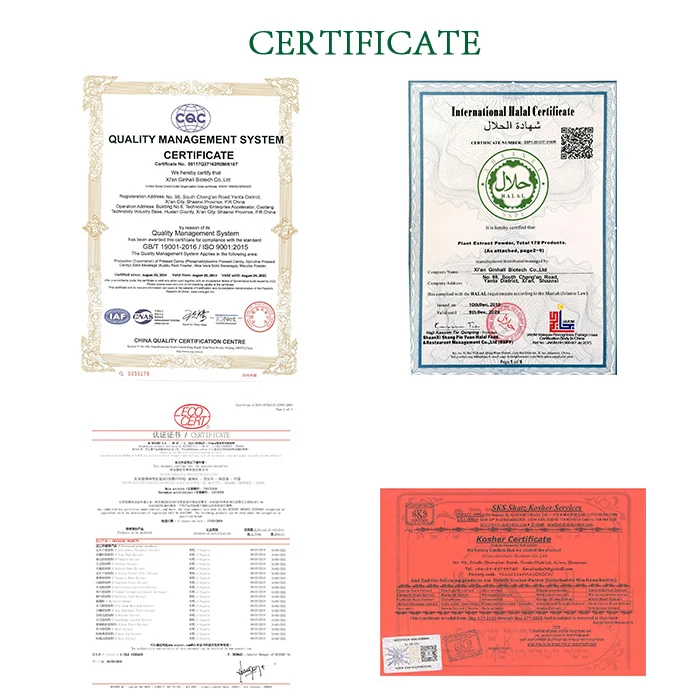- Categories
- Electronics Product
- Beauty / Personal Care
- Furniture / Building Materials
- Automotive Machinery
- Ladies clothing
- Home Department Store
- International Logistic Service
 Electronics Product
Electronics Product
 Beauty / Personal Care
Beauty / Personal Care  Furniture / Building Materials
Furniture / Building Materials  Automotive Machinery
Automotive Machinery  Home Department Store
Home Department Store  International Logistic Service
International Logistic Service 
The broad-leaved oleracea (scientific name: Lepidium latifolium Linnaeus) is a perennial herb of the cruciferous family, genus Lepidium, up to 150 cm in height; the stem is erect, the upper part is branched, the base is slightly lignified, glabrous or sparsely solitary. The basal leaves and the lower part of the stem are leathery, the leaves are oblong-lanceolate or ovate, the tip is sharply pointed or blunt, the base is wedge-shaped, and both sides have pilose; the upper stem leaves are lanceolate or oblong-elliptic, sessile. Racemes paniculate; sepals shed, ovate-oblong or sub-circular, petals white, obovate, apex round, short-horned fruit broadly ovate or sub-circular, entire apex, base blunt, wingless, Villous, style extremely short; seeds broadly oval, flattened, light brown, wingless. Flowering from May to July, and fruiting from July to September.
Distributed in China's Inner Mongolia and Tibet. There are distributions in southern Europe, northern Africa, western and central Asia, and east and far east. , Growing on villages, fields, hillsides and saline meadows at an altitude of 1800-4250 meters.
Product Introduction

| Product Name | Lepidium latifolium Exrtact | Appearance | Brown |
| Botanical Source | Lepidium latifolium Linnaeus | Test Method | TLC |
| Specification | 10:1 | Mesh | 95% pass 80 mesh |
| Application | Health Care | Shelf Life | 2 Years |
It has the function of clearing away heat and dampness, curing dysentery and enteritis
Application of Lepidium latifolium Extract
Used in cosmetic industry;
Used in nutrition industry;
Used in pharmacy.








